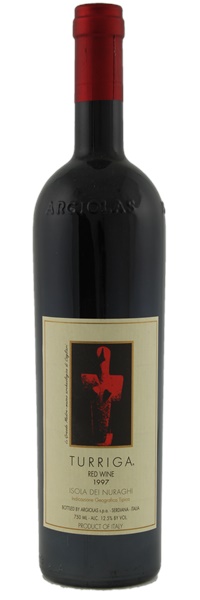
Image above is an example. To view the image of the lot, click the item number.
Estimate
Blackberry and blueberry fruit notes on the nose, along with sandalwood and dark chocolate; offers impressive aromatic impact. Massive and structured on the palate, with sweet flavors of blackberry, mocha and toasted oak.
... scents of blackberries, cherry liqueur, and pain grille in its internationally-styled bouquet. There are notes of new saddle leather, full body, a concentrated, powerful style, and copious tannin, depth, and structure.
Big and rich red, with lots of rich tobacco, mineral and prune character. Full-bodied, with big, chewy tannins and a long, flavorful finish.